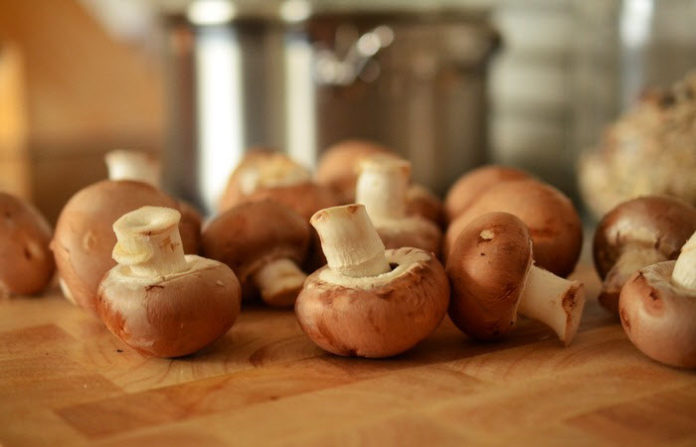Happy Salt Awareness Week, nurses! Salt awareness week runs from March 20 to 26. It’s a good little nudge to review our food habits.
Heart problems, stroke, and even weight issues are all linked to high intake of salt. To prevent complications and ensure that you stay healthy, one good solution is to lower, if not eliminate, salt in your food preparations. If you or one of your family members have been diagnosed with these conditions, you’d know how hard it is to prepare dishes that are healthy yet taste great.
To give you an idea on how you can easily make the switch, here are some of the best healthy salt substitutes you can try.
1Onion
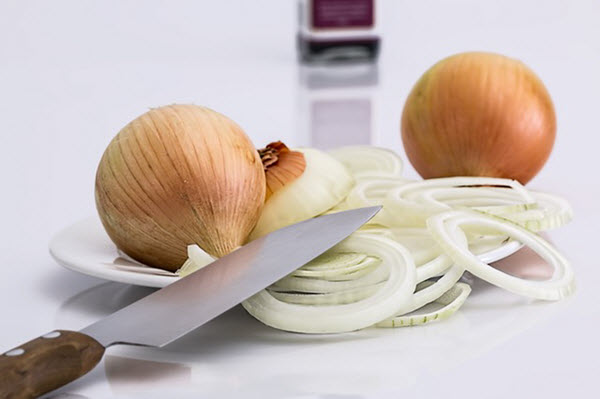
Onions have several varieties which means you’ll have more options to play with when it comes to flavor. Spanish onions, for example, have a delicate and sweeter flavor. They are the most commonly used type and are known to be all-purpose. If you are looking for something that’s more pungent and strong, you can use white onions.
Tip: Quickly cook your onions over high heat. This will cut down its excessive onion-y flavor but will leave it nice and crispy. Don’t take too long in cooking your onion as it tends to burn easily.
2Mushrooms
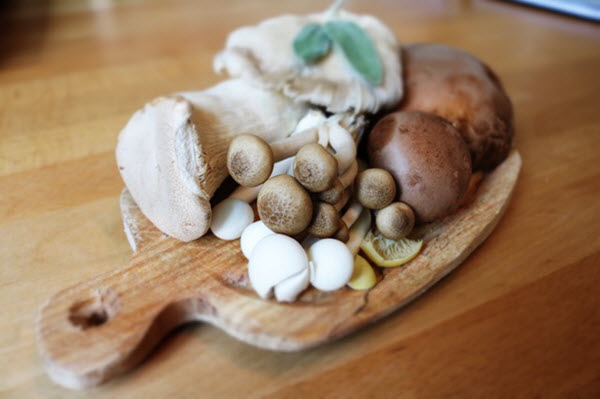
Salt isn’t the only one with a high sodium content. Soy sauce, oyster sauce and Worcestershire sauce are sodium-loaded, too. Replace these condiments with mushrooms that are sautéed in vegetable oil. You can add balsamic vinegar and caramelized onions to make it even more flavorful.
Tip: Sautéing is one of the easiest ways to cook mushroom. You don’t necessarily have to keep stirring it to cook. Simply put a single layer of mushrooms in the pan and flip once they turn red-brown.
See Also: 10 Vegetarian Recipes for Nurses — Yummy and Healthy!
3Paprika

Give your chicken, lamb, and other fish dishes a Hungarian twist by adding a dash of paprika. It’s a relative to bell and chili peppers which gives it its pungent taste, especially when heated. The special thing about this spice is that it offers a wide range of tastes, depending on how it was dried. It can taste sweet to spicy and smoky based on its preparation.
Tip: Paprika is more commonly used to add color to a certain dish. If you want to use it for flavoring, try mixing it with some oil first.
4Cayenne
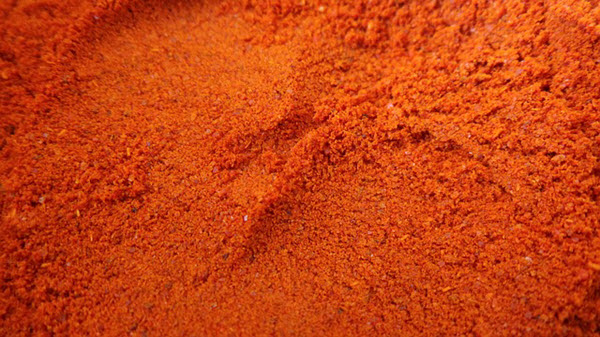
If you are looking for something much stronger than paprika, then cayenne is your next best option. You can buy it in flakes, powder form, or even as a sauce. Take note that some chili sauce brands are loaded with sodium. Before you buy, make it a habit to read product labels.
Tips: Use it sparingly. Cayenne is actually hotter than how it looks.
5Basil
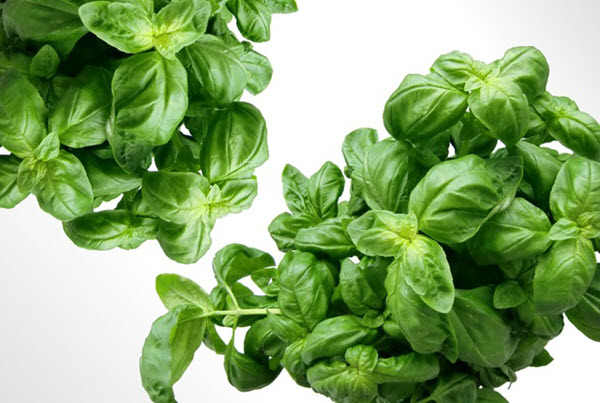
To add a peppery, savory, and sweet taste to your dishes, try basil. You can add it to your soups, salad dressings and marinades. Since it has a strong flavor and aroma, it can help you cut down on your salt. Just make sure to use fresh basil since it’s more flavorful than those dried ones.
Tip: Stick with using its leaves and small stems. Thicker stalks should be discarded since they taste bitter. They can also cause your pesto to quickly turn brown.
6Lemon juice
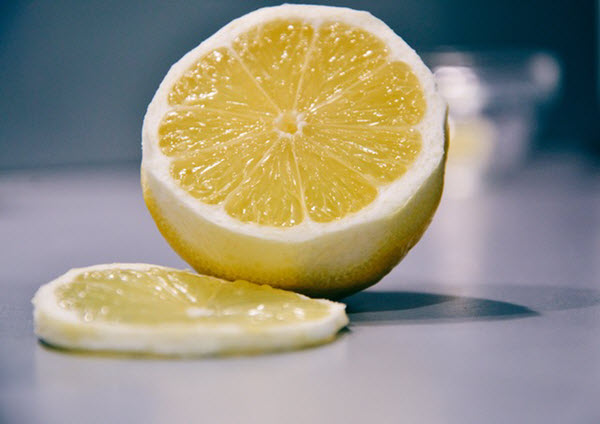
Salt is widely used in dishes to help keep them from spoiling too fast. Adding lemon juice to your dishes can also do the same thing, but without the risk of fluid retention and bloating. In addition to adding zest to your food, lemon juice can also enhance the taste of your spices.
Tip: Don’t add the juice too early to a pan sauce. Aside from discoloration, it can also infuse a bitter flavor to your dish. You can add the juice after you’ve removed the sauce.
See Also: 4 Must-Have Detox Drinks For Every Day
7Garlic
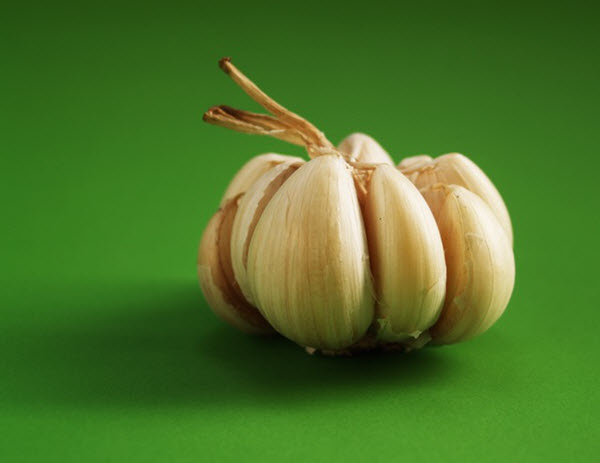
Garlic doesn’t only enhance your dishes’ flavors; it also offers a handful of health benefits. For one, it can effectively reduce blood pressure. It also has the ability to lower cholesterol levels which can reduce your risk of heart diseases.
Tips: Garlic burns easily, especially when it has been minced and sliced. To prevent burning, make sure you only add it to your pan when you’re already mid-way through cooking.
8Coriander

The flavor coriander can add to your dish will depend on the parts you used. For an earthy flavor, you can use coriander leaves. However, if you are looking for a warm and spicy flavor, use its seeds. This ingredient is best used as a part of the spice rub you can use on fish and chicken. It can also bring more flavor to your chicken.
Tip: To bring out more of its aroma, try toasting the seeds lightly before grinding them.
9Cumin

Cumin can add flavor to your recipe without making it too strong or spicy. It’s a great ingredient to use on lamb, rice as well as bean dishes. You can also add it to your tortilla soup.
What makes cumin one of the healthy salt substitutes is its iron and manganese content. These two components enable cumin to help prevent blood clots while promoting the absorption of calcium. It boosts better brain function, too.
Tip: If you want to get its full flavor, get whole cumin seeds and just grind up whatever amount you need to use for your recipe. Make sure you dry roast the seeds first before grinding.
10Oregano

Using oregano in dishes can give them a brighter and fresher taste. It’s best used in marinating meat, cooking seafood recipes, and preparing salsas and sauces. It goes really well with garlic, parsley and tomatoes.
Tip: Dried oregano is considered to be stronger than fresh oregano. However, if you are after its health benefits, go for fresh.
See Also: 5 No-Cook Healthy Breakfasts for Nurses
Conclusion
Cutting out salt from your recipes and dishes doesn’t mean you can’t enjoy tasty foods anymore. There are tons of healthy salt substitutes if you just look around your pantry or your garden. They may not taste exactly like salt but they can give your dishes more flavor and depth that you might just forget about using salt anymore. Plus, these natural salt alternatives are way healthier, too.


